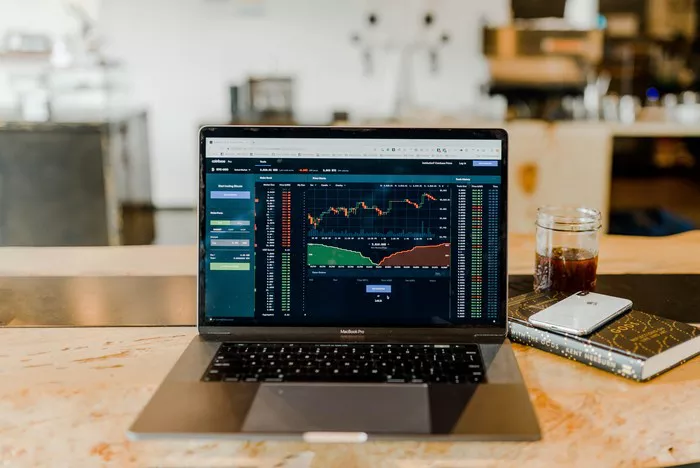The world of futures trading is marked by its dynamic nature, where prices can fluctuate significantly from one trading session to the next. Traders, investors, and market analysts are constantly seeking to decipher the reasons behind these price movements, especially when futures are down.
Futures in a Nutshell
Before delving into the reasons behind a decline in futures prices, it’s crucial to understand what futures are and how they function. Futures are financial contracts that obligate the parties involved to buy or sell an underlying asset, such as commodities, stock indices, currencies, or interest rates, at a predetermined price on a specified future date. These contracts serve several purposes, including risk management, speculation, and price discovery.
The Role of Supply and Demand in Futures
One of the fundamental principles governing futures prices is the interplay between supply and demand. When more market participants are eager to buy futures contracts, prices rise. Conversely, when there is a higher supply of contracts available for sale, prices tend to fall. Therefore, a decline in futures prices often reflects an increase in the supply of contracts relative to the demand.
Market Sentiment and Perception
Market sentiment plays a pivotal role in determining the direction of futures prices. Sentiment can be influenced by various factors, including economic data releases, geopolitical events, and investor psychology. For instance, disappointing economic data may lead to a bearish sentiment, causing traders and investors to sell futures contracts. Similarly, geopolitical tensions or uncertainty can drive market sentiment towards caution, leading to a decline in futures.
Economic Indicators and Data Releases
Economic indicators and data releases have a significant impact on futures prices. Key indicators, such as GDP growth, employment figures, inflation rates, and manufacturing data, provide insights into the health of the economy. A negative surprise in these indicators can trigger concerns about economic growth and, in turn, lead to a decline in futures prices. Traders and analysts closely monitor economic calendars to anticipate the potential impact of upcoming data releases on futures markets.
Interest Rates and Monetary Policy
Interest rates and monetary policy decisions made by central banks can exert considerable influence on futures markets. When central banks raise interest rates, it can lead to higher borrowing costs and reduced consumer spending and business investments. As a result, futures prices may decline as market participants adjust their outlook based on changes in monetary policy. Central bank statements and press conferences are closely watched events in futures trading.
Global Events and Geopolitical Developments
Geopolitical events and developments on the global stage can significantly impact futures prices. Trade tensions, conflicts, political instability, and natural disasters are examples of events that can create uncertainty and prompt market participants to take a cautious approach. As a result, futures prices may experience downward pressure as traders seek safe-haven assets or reduce risk exposure.
Corporate Earnings and Company News
For equity futures, such as those based on stock indices like the S&P 500, corporate earnings reports play a vital role in price movements. Positive earnings reports can boost market confidence and drive futures prices higher. Conversely, disappointing earnings or negative company news can lead to a decline in futures as investors reassess their expectations for future corporate performance.
Liquidity and Trading Volumes
Liquidity is a critical factor in futures markets. Lower liquidity can result in increased price volatility and larger price swings. When trading volumes are low, even relatively small buy or sell orders can have a disproportionate impact on prices. This heightened volatility can contribute to a decline in futures prices, especially in thinly traded markets.
Risk Aversion and Safe-Haven Assets
During times of heightened uncertainty and risk aversion, market participants may seek safety in assets considered to be safe havens, such as government bonds, gold, or currencies like the Japanese yen or Swiss franc. This flight to safety can result in a decline in futures prices, particularly for riskier assets like equities or commodities.
Speculative Positions and Position Unwinding
Futures markets often attract speculative traders who aim to profit from price movements. These traders can influence market dynamics, especially if they hold significant positions. If a large number of speculative traders decide to unwind their positions simultaneously, it can lead to a cascade of selling, causing futures prices to decline.
Conclusion
Understanding why futures are down on any given day requires a multifaceted analysis of various factors, including supply and demand dynamics, market sentiment, economic indicators, interest rates, geopolitical events, and corporate news. Traders, investors, and analysts must consider these elements and their interplay when deciphering price movements in futures markets.
It’s important to remember that futures markets are inherently forward-looking and influenced by a complex web of factors. As a result, price fluctuations are a natural and integral part of futures trading. Market participants should approach futures trading with a sound understanding of risk management and a robust trading strategy to navigate the ever-evolving landscape of futures markets effectively.


